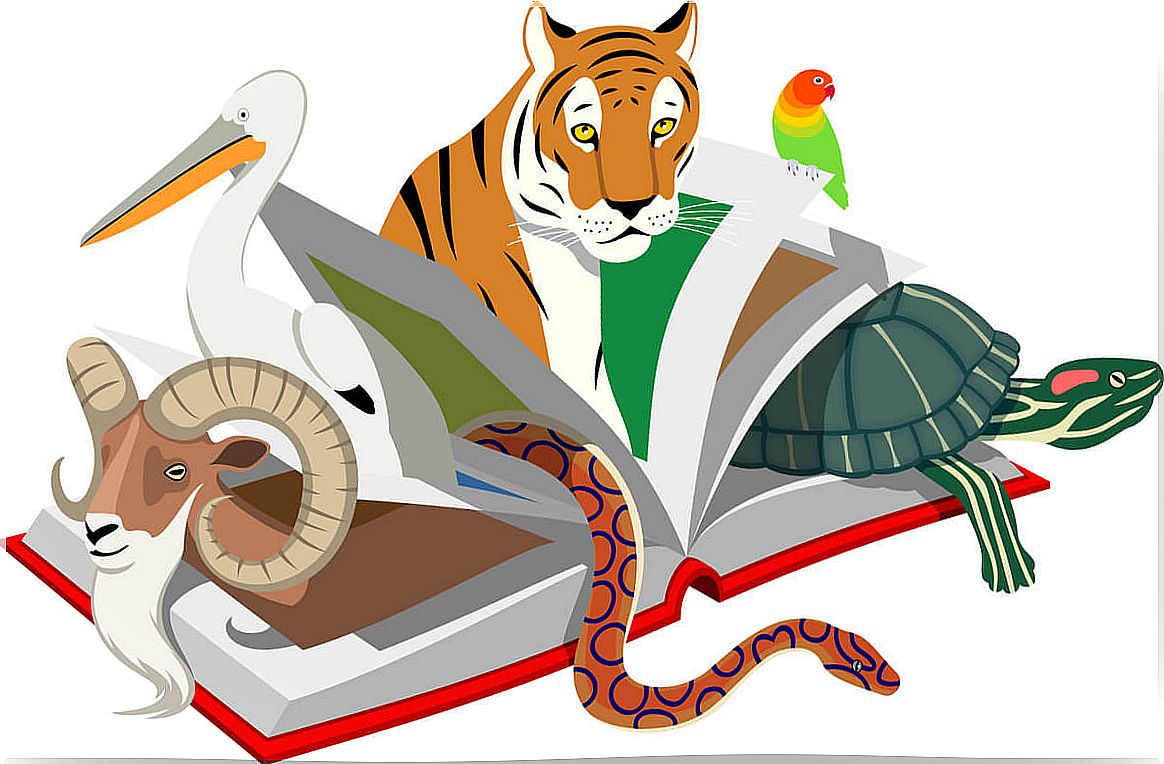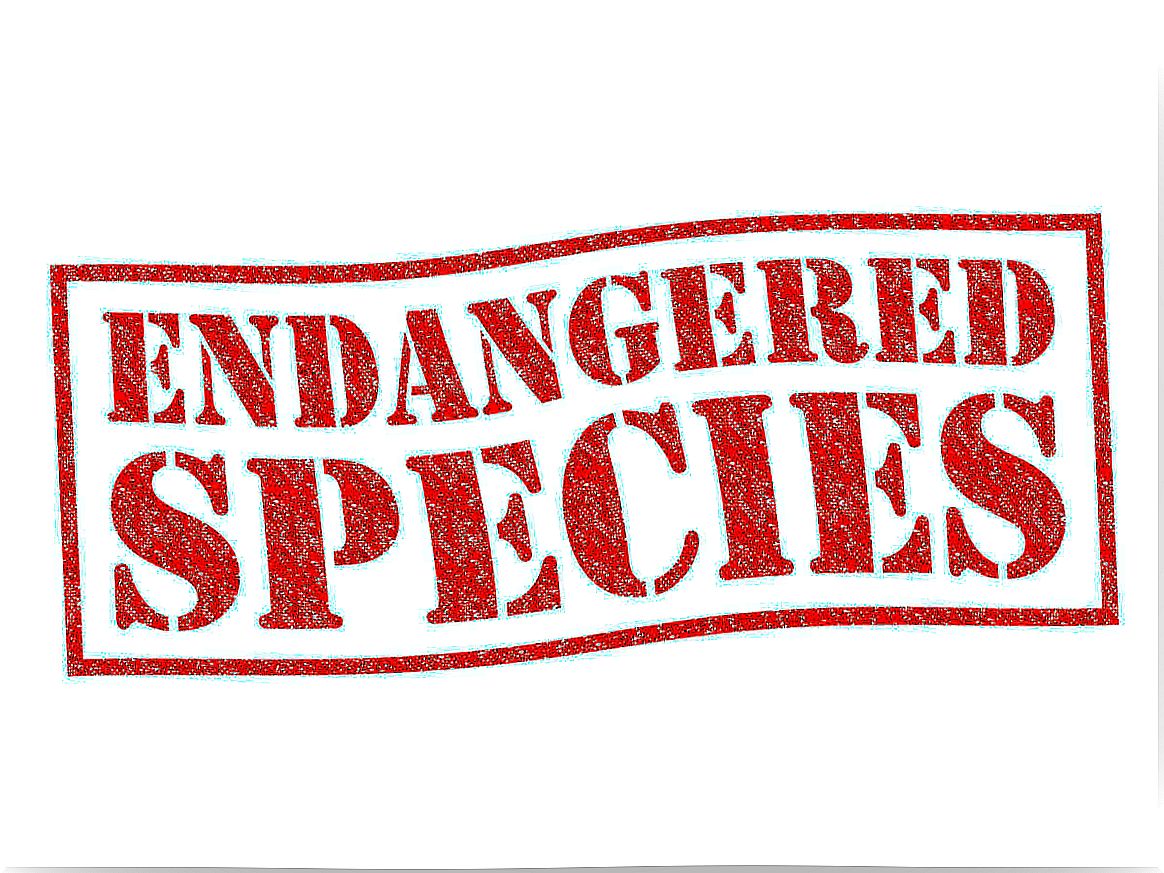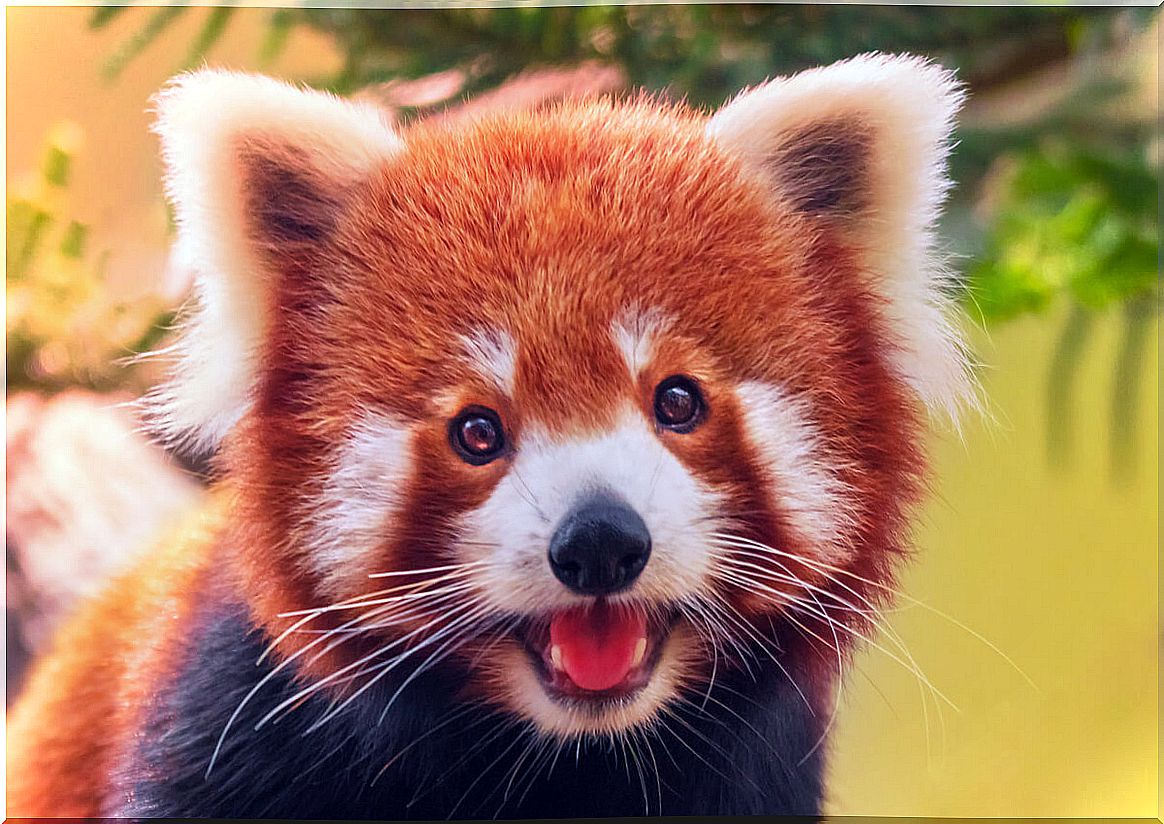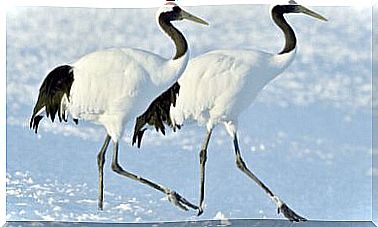IUCN Red List Update: Facts And Figures

The IUCN Red List is a thermometer that estimates the status of the species that inhabit our planet. The experts of this organization continuously investigate the challenges and difficulties suffered by different living beings in their natural habitats.
According to this organization, numerous species of mammals – some well known – have taken a new step towards the abyss of extinction in recent years. If you want to know which ones, keep reading.
What is the IUCN Red List?
The International Union for Conservation of Nature – IUCN, for its acronym in English – created the Red List of Threatened Species in 1963. In this, the most detailed inventory worldwide on the conservation status of species of animals and plants is described.
The conservation status of the species is evaluated according to a series of criteria, which allow the species to be classified in one of the threat categories established by the organization. The levels are as follows, from highest to lowest danger:
- Extinct (EX).
- Extinct in the wild (EW).
- Critically Endangered (CR).
- Endangered (EN).
- Vulnerable (VU).
- Near threatened (NT).
- Least Concern (LC).
The objective of the list is, according to the IUCN, to make governments and the general public aware of the status of global biodiversity, as well as to obtain accurate information on this status for various conservation efforts.

The IUCN Red List 2020: more threatened species
While some species have improved their rankings due to conservation efforts, the 2020 update brings us bad news: global biodiversity is declining at an alarming rate.
Of the 120,372 species examined, 32,441 are threatened with extinction. Within this group, 25% are critically endangered, representing a total of more than 6,800 species. Among the most threatened taxonomic groups we find amphibians —41% of the registered species are threatened—, mammals (26%) and corals (33%).
Some endangered species
One of the groups of animals whose status is most worrying are the lemurs, endemic to Madagascar. According to the latest Red List, neither more nor less than 103 of the 107 species of lemurs are threatened, mainly by poaching and deforestation of their habitat.
Despite the huge conservation effort of these small mammals, 13 species of lemurs have recently been classified as “critically endangered (CR)”. Among them we find the smallest primate in the world, the gray mouse lemur.
Among other threatened mammals, the IUCN expressed its concern for the European hamster, once abundant in Central Europe. The population of this small rodent has fallen drastically, at the same rate as its reproductive capacity.
Likewise, another of the animals whose situation is critical are the North Atlantic right whales. Of these huge cetaceans, barely 250 individuals survived in 2018. Due to fishing nets and maritime traffic, these majestic marine animals are just one step away from extinction.
A worrying situation that must be reversed
According to IUCN experts, the Red List shows that many species will disappear in the coming decades if efforts are not made to reduce human impacts on ecosystems.
“The world must act quickly to end the decline of populations and prevent extinctions caused by man”, are the words that Jane Smart, director of the IUCN article, in reference to this topic.
Apart from the well-known climate change, one of the main threats to biodiversity is the loss of habitats due to human activities, which has been accelerating for decades. Despite the fact that there are more and more protected natural areas, outside of these the destruction of unprotected virgin areas is advancing unstoppably.

The solution is in our hands
In conclusion, we can see that, despite enormous conservation efforts regarding some highly threatened species, day by day we are witnessing a loss of biodiversity similar to that of a great mass extinction.
Therefore, it is in our hands to reduce these impacts if we want to maintain acceptable levels of biodiversity in the future. Let’s fight today for the biodiversity that will inhabit our children’s planet tomorrow.









